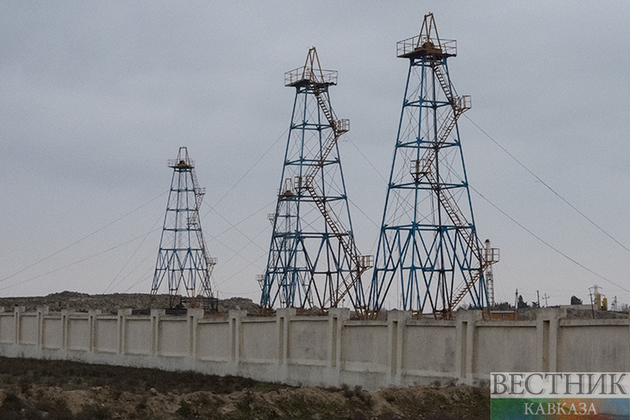Iran plans to boost its crude oil production to 4 million barrels per day (bpd) in the new Persian year that started this week, Mohsen Khojasteh Mehr, chief executive of the National Iranian Oil Company (NIOC) said.
Oil Price notes that Iranian oil production has slumped since the US withdrew from the so-called Iranian nuclear deal and imposed sanctions on the Islamic Republic’s oil exports. In February, Iran’s crude oil production was at 2.546 million bpd, up by 44,000 bpd compared to January, according to secondary sources in OPEC’s latest Monthly Oil Market Report.
The key area of development will be the West Karoun cluster of oilfields, according to the national oil company’s top executive. The development of the West Karoun cluster will need $12 billion in investment, including $8 billion for shared fields, Khojasteh Mehr said as carried by Fars News Agency. “Our priority is development and maximum production of shared fields,” he said. “Our vision for 1401 [the new Persian year] is to increase production capacity, which we hope to reach over 4 million barrels per day.”
As the ongoing talks in Vienna are reportedly in their critical final stage, Iran is now planning for a production boost. Iran’s Foreign Minister Hossein Amirabdollahian said earlier this week that the Islamic Republic and the world powers “are closer than ever” to reaching the agreement after nearly a year of talks. “We believe that today we are closer to an agreement in Vienna than ever before,” Reuters quoted Amirabdollahian as saying on Wednesday.
The U.S. State Department, for its part, said on Monday that a return to the nuclear deal was neither certain nor imminent.
The legitimate return of Iranian oil is one of the few bearish factors in today’s oil market, which has been rattled by the Russian special operation in Ukraine and the loss of Russian supply through sanctions and buyers’ “self-sanctioning.”
Still, it will likely take months for Iran to significantly boost its oil exports, when and if allowed, analysts warn.






